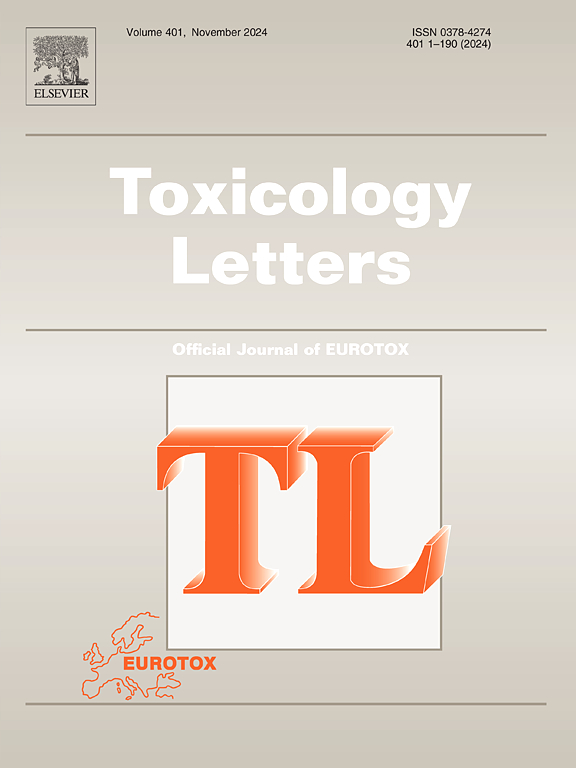Examination of the anabolic activity and mechanisms of action of the combination of Diosgenin and Ecdysterone in C2C12 myotubes
IF 2.9
3区 医学
Q2 TOXICOLOGY
引用次数: 0
Abstract
Plant steroids such as ecdysterone (ECDY) or diosgenin (DIO) have been associated with anabolic and performance-enhancing effects for years. However, the molecular mechanisms have not yet been extensively studied in skeletal muscle cells. Consequently, the anabolic activity and associated molecular mechanisms of ECDY and DIO alone and in combination were investigated in C2C12 myotubes. Dose-dependent effects of both compounds on myotube diameter, mRNA expression of IGF-1 and PI3KR1 as well as expression of myosin heavy chain (MHC) proteins were analyzed in differentiated C2C12 cells. In addition, the binding affinities to androgen and estrogen receptors were analyzed. Treatment with ECDY and DIO significantly induced hypertrophy of C2C12 myotubes. Partially additive effects were observed. This is supported by the mRNA expression of IGF-1 and PI3KR1 as well as in the expression of MHC. However, no clear statement can be made regarding which combination has the strongest additive effects. Besides the results suggest that, in contrast to ECDY, DIO has antiandrogenic effects and bind on AR. Consequently, it indicate that two different mechanisms of action are activated in ECDY and DIO combinations. However, this must be confirmed in further cell cultures studies and human interventions concerning anti-doping regulations.
研究薯蓣皂苷和蜕皮激素在 C2C12 肌细胞中的合成代谢活性和作用机制。
多年来,蜕皮激素(ECDY)或薯蓣皂甙(DIO)等植物类固醇一直与合成代谢和提高性能的作用有关。然而,人们尚未在骨骼肌细胞中广泛研究其分子机制。因此,我们在 C2C12 肌管中研究了 ECDY 和 DIO 单独或混合使用时的合成代谢活性和相关分子机制。在分化的 C2C12 细胞中,分析了这两种化合物对肌管直径、IGF-1 和 PI3KR1 的 mRNA 表达以及肌球蛋白重链(MHC)蛋白表达的剂量依赖性影响。此外,还分析了与雄激素和雌激素受体的结合亲和力。用 ECDY 和 DIO 处理可显著诱导 C2C12 肌管肥大。观察到了部分相加效应。IGF-1和PI3KR1的mRNA表达以及MHC的表达都证明了这一点。不过,对于哪种组合具有最强的叠加效应,目前还没有明确的说法。此外,研究结果表明,与 ECDY 不同,DIO 具有抗雄激素作用,并与 AR 结合。因此,这表明 ECDY 和 DIO 组合激活了两种不同的作用机制。不过,这一点必须在进一步的细胞培养研究和有关反兴奋剂条例的人体干预中得到证实。
本文章由计算机程序翻译,如有差异,请以英文原文为准。
求助全文
约1分钟内获得全文
求助全文
来源期刊

Toxicology letters
医学-毒理学
CiteScore
7.10
自引率
2.90%
发文量
897
审稿时长
33 days
期刊介绍:
An international journal for the rapid publication of novel reports on a range of aspects of toxicology, especially mechanisms of toxicity.
 求助内容:
求助内容: 应助结果提醒方式:
应助结果提醒方式:


